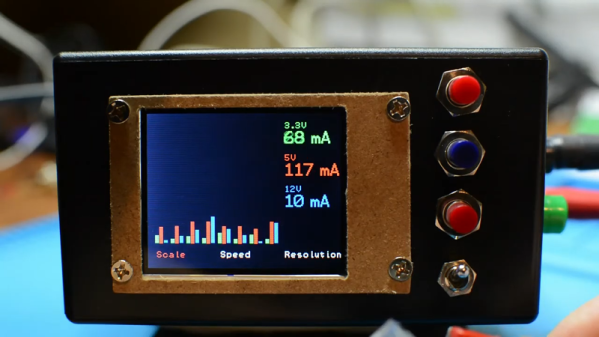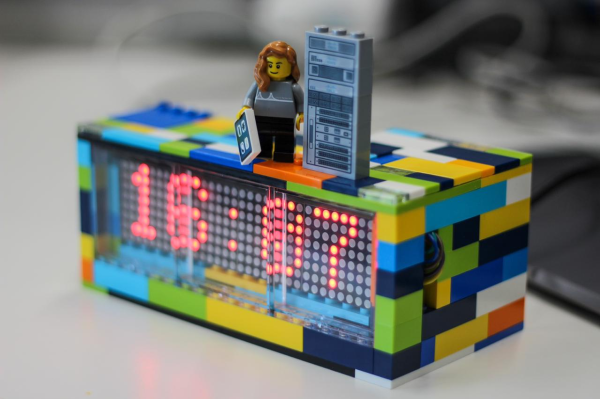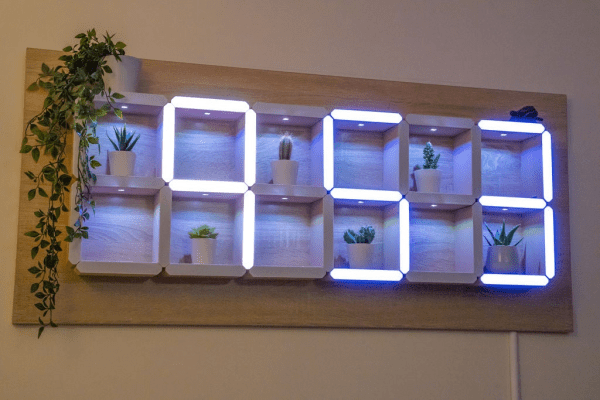We once saw a Romeo and Juliet production where the two families were modern-day mob families with 3-piece suits and pistols. If they made King Richard III set in this week, the famous line might be: “Hand sanitizer, hand sanitizer, my kingdom for hand sanitizer!” Even if you have a supply stashed in your prepper cache, you have to touch the bottle so you could cross-contaminate with other users. Public places often have automatic dispensers to combat this, and now you can too. [Just Barran] shows the device in a video, you can see below.
Sourcing parts for projects is sometimes a problem, but right now we are betting the hand sanitizer will be the hardest component. Of course, the Internet is ripe with homemade brews that may or may not be effective based on beer, grain alcohol, or a variety of other base materials.
Continue reading “Automating Hand Sanitizer — If You Can Find Any”


















